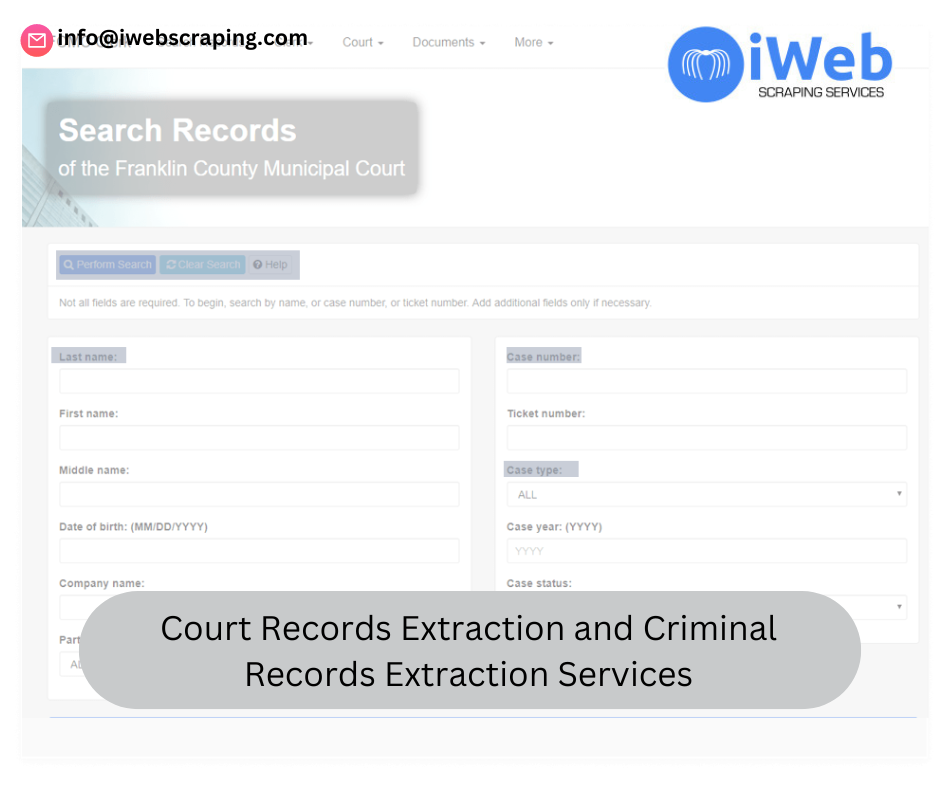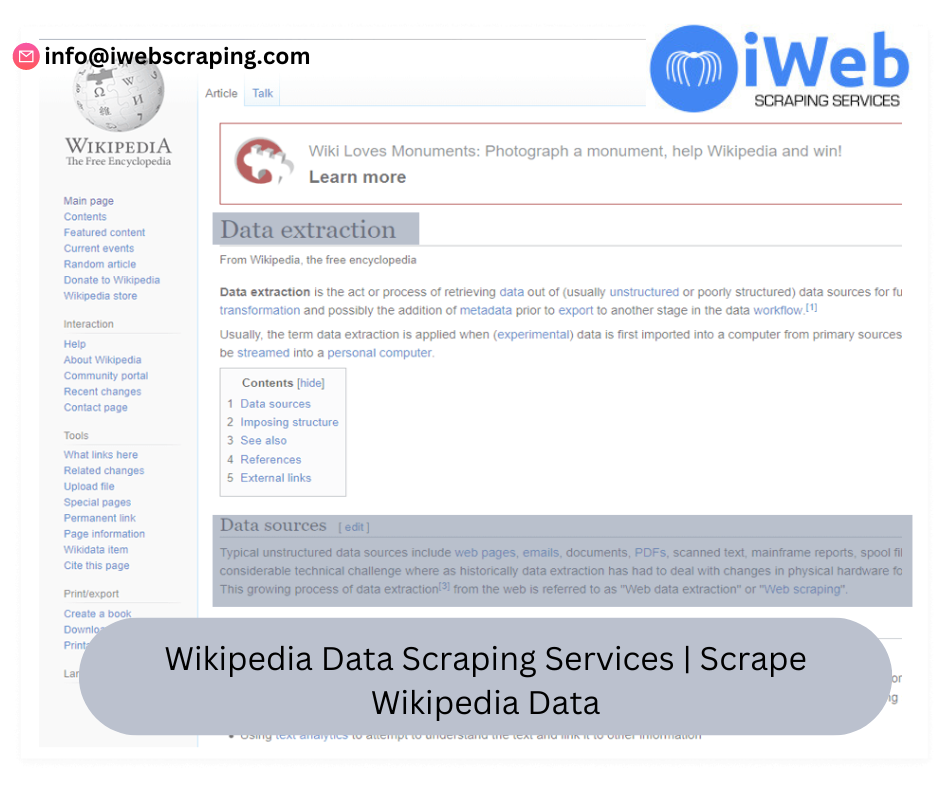
In the era of big data, accessing and analyzing financial information quickly and accurately is crucial for businesses and investors. Bloomberg, a leading global provider of financial news and data, is a goldmine for such information. However, manually extracting data from Bloomberg's website can be time-consuming and inefficient. This is where data scraping comes into play. In this blog post, we'll explore the intricacies of scraping data from the Bloomberg website, the benefits it offers, and the ethical considerations involved.
What is Data Scraping?
Data scraping, also known as web scraping, involves extracting information from websites and converting it into a structured format, such as a spreadsheet or database. This process can be automated using various tools and programming languages like Python, which allows users to collect large amounts of data quickly and efficiently.
Why Scrape Data from Bloomberg?
1. Comprehensive Financial Data
Bloomberg provides a wealth of financial data, including stock prices, financial statements, economic indicators, and news updates. Access to this data can give businesses and investors a competitive edge by enabling them to make informed decisions.
2. Real-Time Updates
With Bloomberg's real-time updates, staying ahead of market trends becomes easier. Scraping this data allows for the creation of custom alerts and dashboards that can notify users of significant market movements as they happen.
3. Historical Data Analysis
Analyzing historical data can provide insights into market trends and help predict future movements. Bloomberg's extensive archives offer a treasure trove of information that can be leveraged for backtesting trading strategies and conducting financial research.
4. Custom Data Aggregation
By scraping data from Bloomberg, users can aggregate information from multiple sources into a single, cohesive dataset. This can streamline analysis and provide a more holistic view of the financial landscape.
How to Scrape Bloomberg Data
Tools and Technologies
Python: A versatile programming language that offers various libraries for web scraping, such as BeautifulSoup, Scrapy, and Selenium.
BeautifulSoup: A Python library used for parsing HTML and XML documents. It creates parse trees that help extract data easily.
Scrapy: An open-source web crawling framework for Python. It's used for large-scale web scraping and can handle complex scraping tasks.
Selenium: A web testing framework that can be used to automate browser interactions. It's useful for scraping dynamic content that requires JavaScript execution.
Steps to Scrape Bloomberg Data
Identify the Data to Scrape: Determine the specific data you need, such as stock prices, news articles, or financial statements.
Inspect the Website: Use browser tools to inspect the HTML structure of the Bloomberg website and identify the elements containing the desired data.
Set Up Your Environment: Install the necessary libraries (e.g., BeautifulSoup, Scrapy, Selenium) and set up a Python environment.
Write the Scraping Script: Develop a script to navigate the website, extract the data, and store it in a structured format.
Handle Data Storage: Choose a storage solution, such as a database or a CSV file, to save the scraped data.
Ensure Compliance: Make sure your scraping activities comply with Bloomberg's terms of service and legal regulations.
Sample Python Code
Here's a basic example of how to use BeautifulSoup to scrape stock prices from Bloomberg:
pythonCopy codeimport requests
from bs4 import BeautifulSoup
# URL of the Bloomberg page to scrape
url = 'https://www.bloomberg.com/markets/stocks'
# Send a GET request to the URL
response = requests.get(url)
# Parse the HTML content
soup = BeautifulSoup(response.text, 'html.parser')
# Extract stock prices
stocks = soup.find_all('div', class_='price')
for stock in stocks:
print(stock.text)
Ethical Considerations
While data scraping offers numerous benefits, it's important to approach it ethically and legally:
Respect Website Terms of Service: Always review and comply with the terms of service of the website you're scraping.
Avoid Overloading Servers: Implement rate limiting and avoid making excessive requests to prevent server overload.
Use Data Responsibly: Ensure that the scraped data is used ethically and does not violate privacy or intellectual property rights.
Conclusion
Scraping data from the Bloomberg website can provide valuable insights and competitive advantages for businesses and investors. By using the right tools and following ethical guidelines, you can efficiently gather and analyze financial data to make informed decisions. Whether you're tracking real-time market trends or conducting historical data analysis, web scraping is a powerful technique that can unlock the full potential of Bloomberg's extensive data offerings.
4o

















.png)
.png)
.jpg)
Write a comment ...